Luxembourg: 20 places to see and things to do
upd 9 April 2024
Luxembourg is one of the most unusual countries in Europe, known for its high cost of living, high quality of life, three official languages and its small territory. Its capital is not a very big city either, so it’s easy to plan a 1-2 day trip here.
The rich and complex history of Luxembourg city is reflected in the architecture and oldest cathedrals and churches that keep many secrets. Another advantage of Luxembourg is its mild climate, which makes it beautiful and comfortable both in summer and winter.

Must-visit places
Adolphe Bridge
One of the main attractions is the Adolphe Bridge, which was the tallest in the world when it opened in 1903. The arch of the bridge over the river and Petrus Park is probably the main symbol of Luxembourg. The bridge was named after the Luxembourg Duke Adolphe, whose descendants are the current dukes.

Cathédrale Notre-Dame
Notre Dame Cathedral of the 17th century combines Gothic and Renaissance styles. The decor of the cathedral has many amazing details: bas-reliefs, door handles. Initially, the temple was built as a Jesuit one, but after the order was banned, it began to belong to the Luxembourg parish. Three towers with spiers have become one of the symbols of the country.

The interior is richly decorated with stained glass windows, arabesques, sculptures, and choirs in the Moorish style. This is where the tomb of the Grand Dukes of Luxembourg is located.


Statue of Charlotte
In the Old Town on Place Clairefontaine there is a monument to Charlotte, Grand Duchess of Luxembourg. The Duchess was an important figure in the country’s history and is widely loved in Luxembourg for preserving the sovereignty of the state, the monarchy and the introduction of universal suffrage.
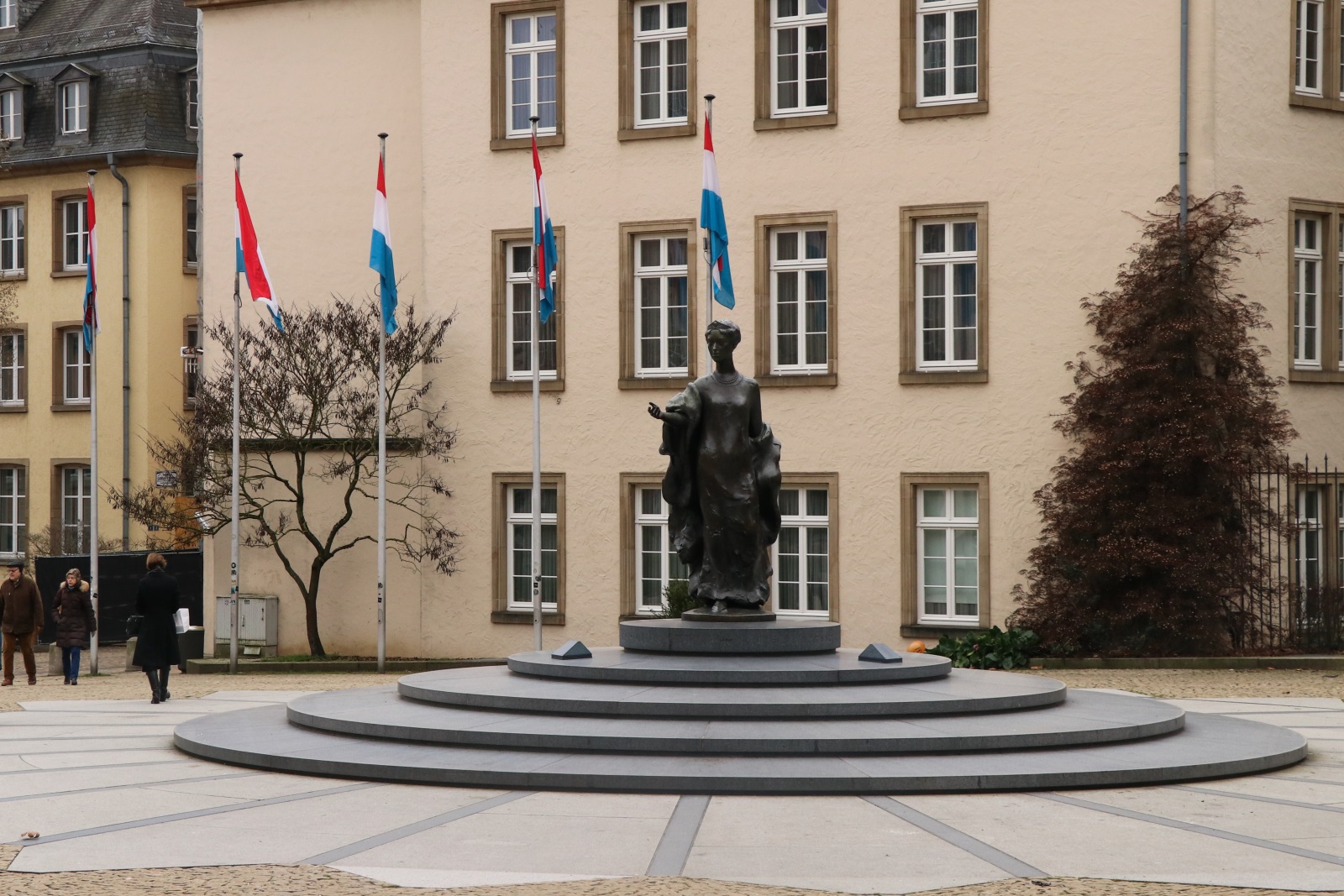
Discover and book the best city tours with local guides on Tiqets.
Palais Grand-Ducal
The Palace has always had an important function: first as a town hall, then as an administration, and then as the residence of the Dukes of Luxembourg. During the German occupation, the entire interior of the palace was looted, and only after the war Duchess Charlotte began to restore it. Now the building continues to perform administrative functions.

Place Guillaume II
One of the main squares where city festivals are held. Usually you can find here a market with souvenirs, antiques and books. It’s worth taking a closer look at them if you want to bring something unusual from Luxembourg. There is also a monument to William II, the city hall and the Renert Fontaine Fountain dedicated to the stories “Renart the Fox”, that are based on a medieval literary cycle. It is believed that if you throw a coin at it and make a wish, it will come true.

Wenzel Circular Walk
A special walking route for tourists exists – Wenzel Circular Walk. It lasts 2.5 hours and covers the main points. The walk starts from the tourist office on Place Guillaume II, where you can also pick up a map with the plan (it’s free).
Constitution Square
On Constitution Square there is a memorial monument “Golden Frau”. It is dedicated to the Luxembourgers who died in the First and Second World Wars.

Wiki / Commons
Ville Haute and Ville Basse (Old Town)
The city is divided into Haute and Basse (High and Low). All the main attractions are located in the Ville Haute. In the Ville Basse (Grund) there is the Alzette River, quiet streets, many cafes and the best restaurants. You can go down here using a free elevator, and a walk through this part will take no more than half an hour.

Ville Haute is the most cozy area: narrow streets, pedestrian areas, squares, coffee shops, old houses and small churches. Luxembourg is easily accessible from France, Germany, Belgium and Switzerland, so there are always a lot of tourists here. Despite this, somehow the center remains very calm and not overcrowded.



Neumünster Abbey
The oldest abbey in the country was destroyed twice, but was rebuilt. Within the walls of the abbey there were barracks, and after the signing of neutrality – a prison. Now it is a cultural center.

Viewpoint
Near the Casemates du Bock you can find the best viewpoint (49°36’41.8″N 6°08’11.5″E).
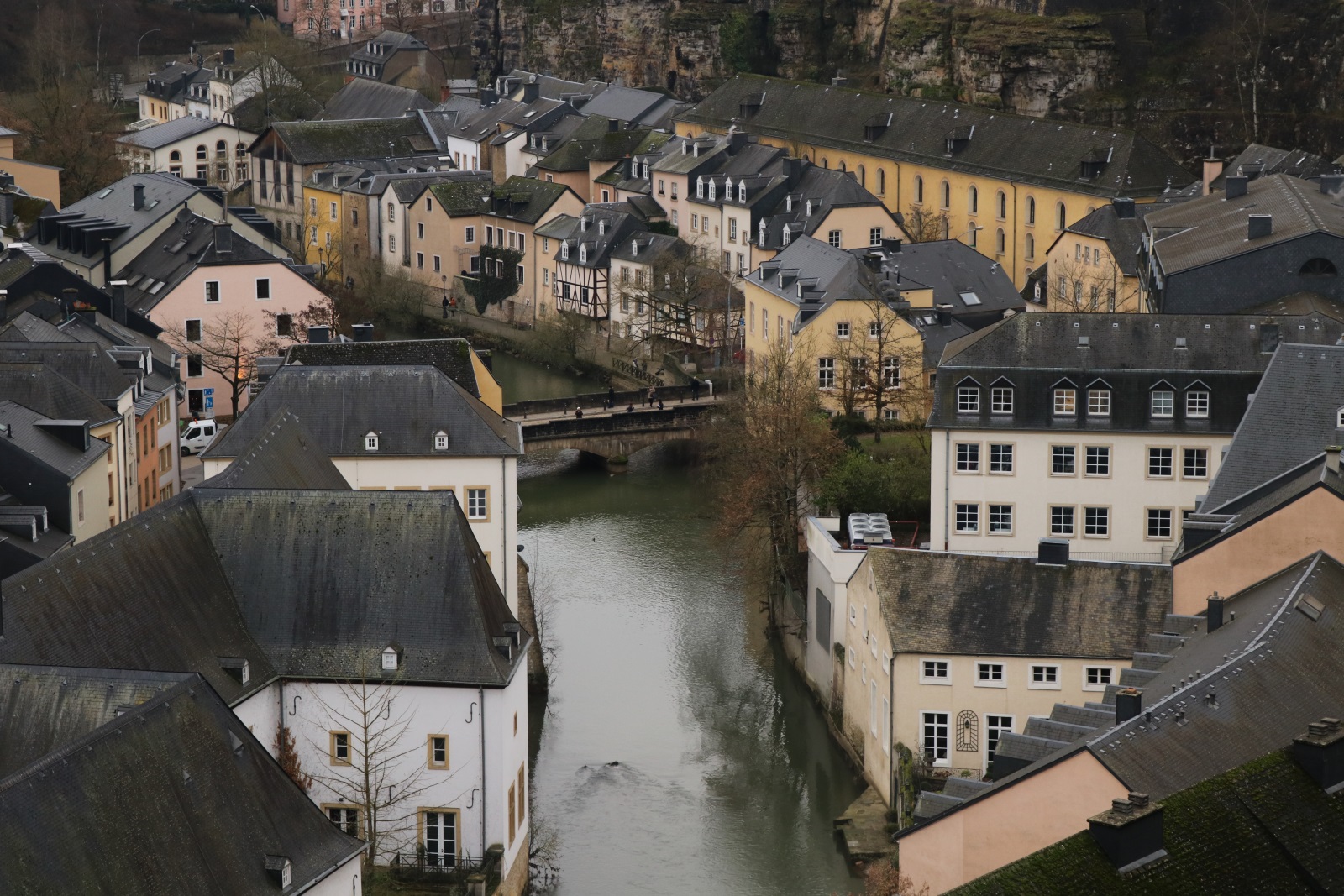
Dent Creuse
In many wars, Luxembourg became an important battle point. Therefore, the city had to have reliable fortifications. Once upon a time, the Luxembourg fortress was the largest in Europe, but now only a few buildings remain from it: bastions, casemates and citadels. The fortress, which was never taken by attack, was destroyed voluntarily as part of an agreement on a peace treaty giving the state independence.
Casemates du Bock is open to the public during the warmer months. By the way, the casemates were built by the Spaniards after they took the city in the 17th century. In the 1990s, the walls and another part of the fortifications, Three Acorns, were restored.
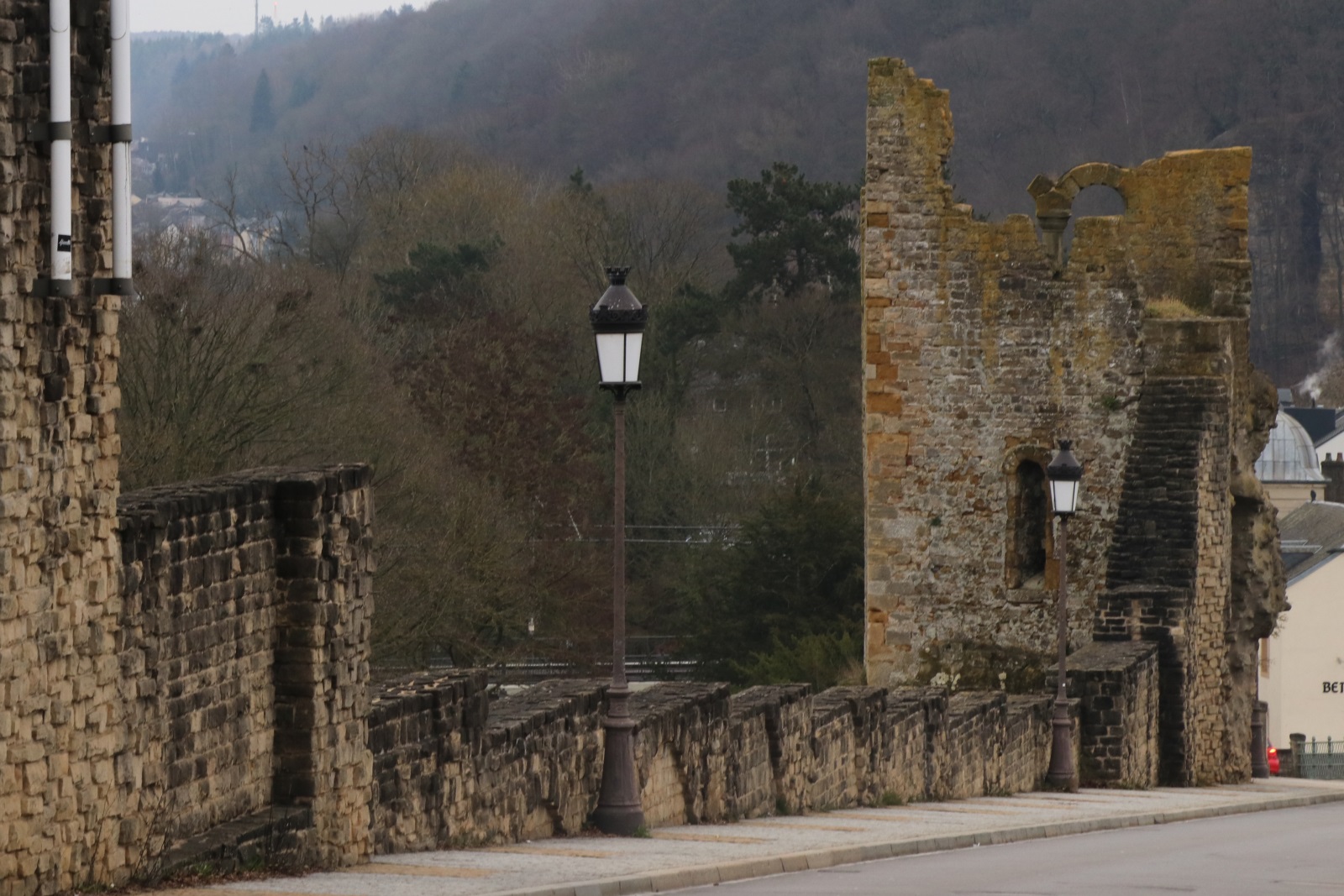
Railway station
The station was built in the 20th century and replaced the previous wooden version after it could not accommodate all the passengers. High-speed trains depart from here to Germany, Belgium and France. The interior of the building with stained glass windows and painted ceilings is also noteworthy.

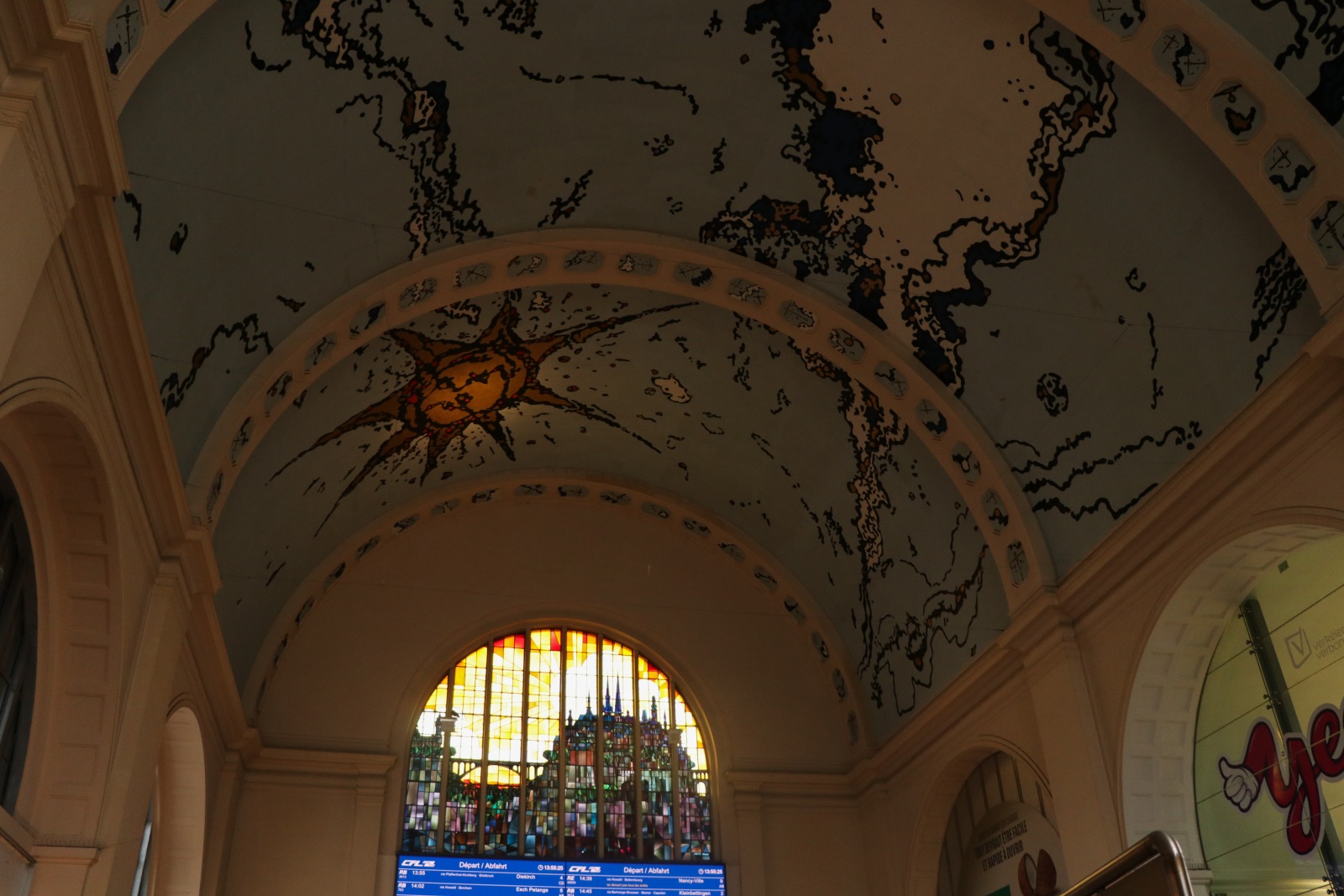
Place des Martyrs
The beautiful garden on the Place des Martyrs, near the station, is dedicated to all the Luxembourgers who died during the German occupation during the World War I.
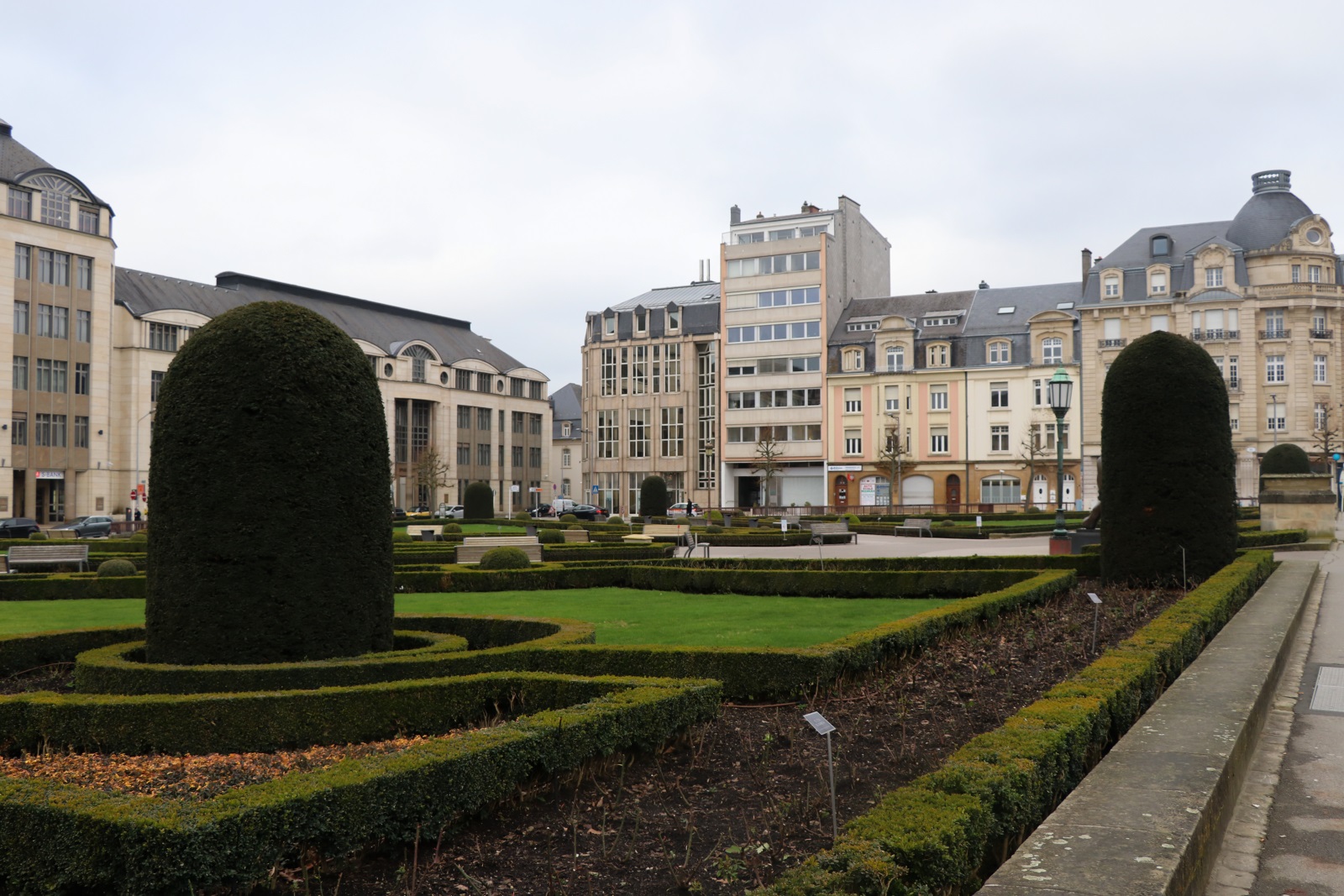
Architecture
During World War I and World War II, the country was occupied by Germany, and escaped bombing and destruction, so both medieval churches and mansions of the early 20th century are well preserved here.
All the architecture is designed in approximately the same style. However, all areas are more or less similar to each other, and there are almost no memorable buildings.



Where to stay
The best area to stay is the center. And not only Ville Haute or Grund, but also the area around the railway station.
Luxembourg is an expensive city so if you travel on budget by car, it’s a good option to choose an hotel outside the city. For those without a car, there is a hostel: Youth Hostel Luxembourg City.
For those looking for accommodation in terms of price-quality ratio: Park Inn by Radisson, Ibis Styles and Hotel Parc Plaza.
You can choose your best option on Tripadvisor.
Map
General impressions
Luxembourg lives up to expectations of a high quality of life: clean streets, developed infrastructure, excellent condition of buildings in the center. There are not many attractions here, so you can plan about one day to visit it.
In general, the Luxembourg capital may seem too perfect: all the architecture is in the same style, the monuments have been restored, Luxembourgers are well dressed, speak four languages and are very polite. And to better understand the culture, you should explore other Luxembourg cities and nature.
